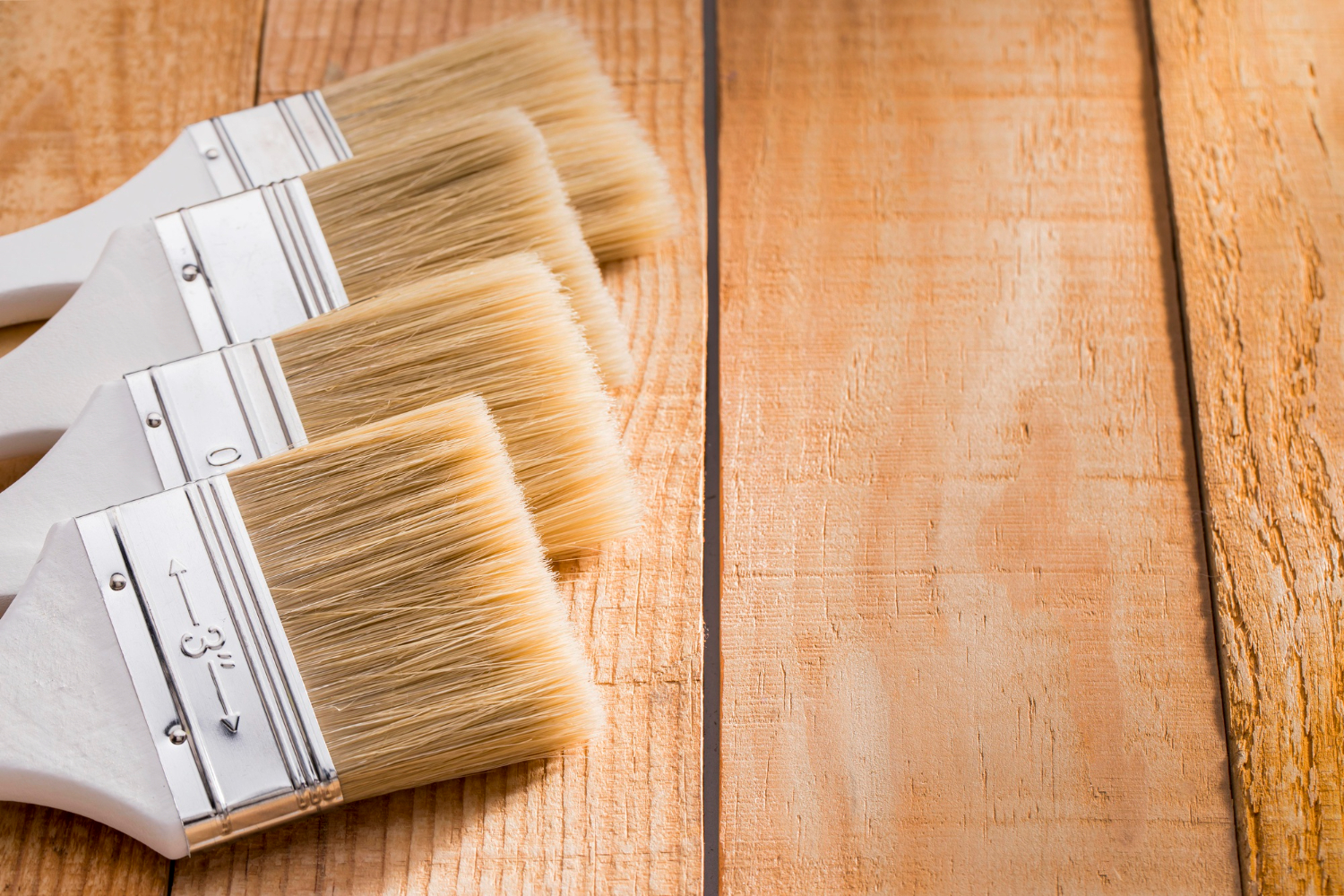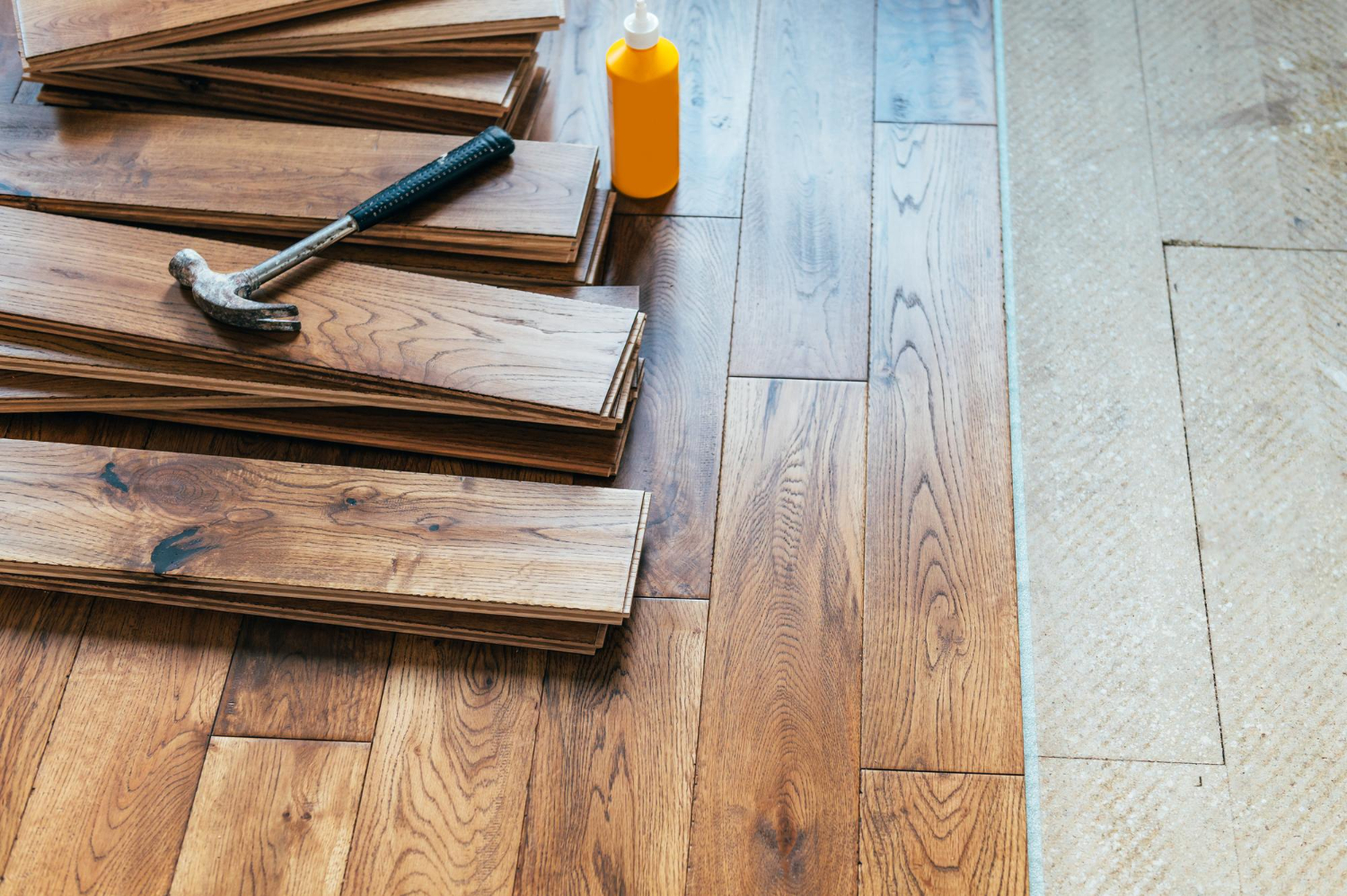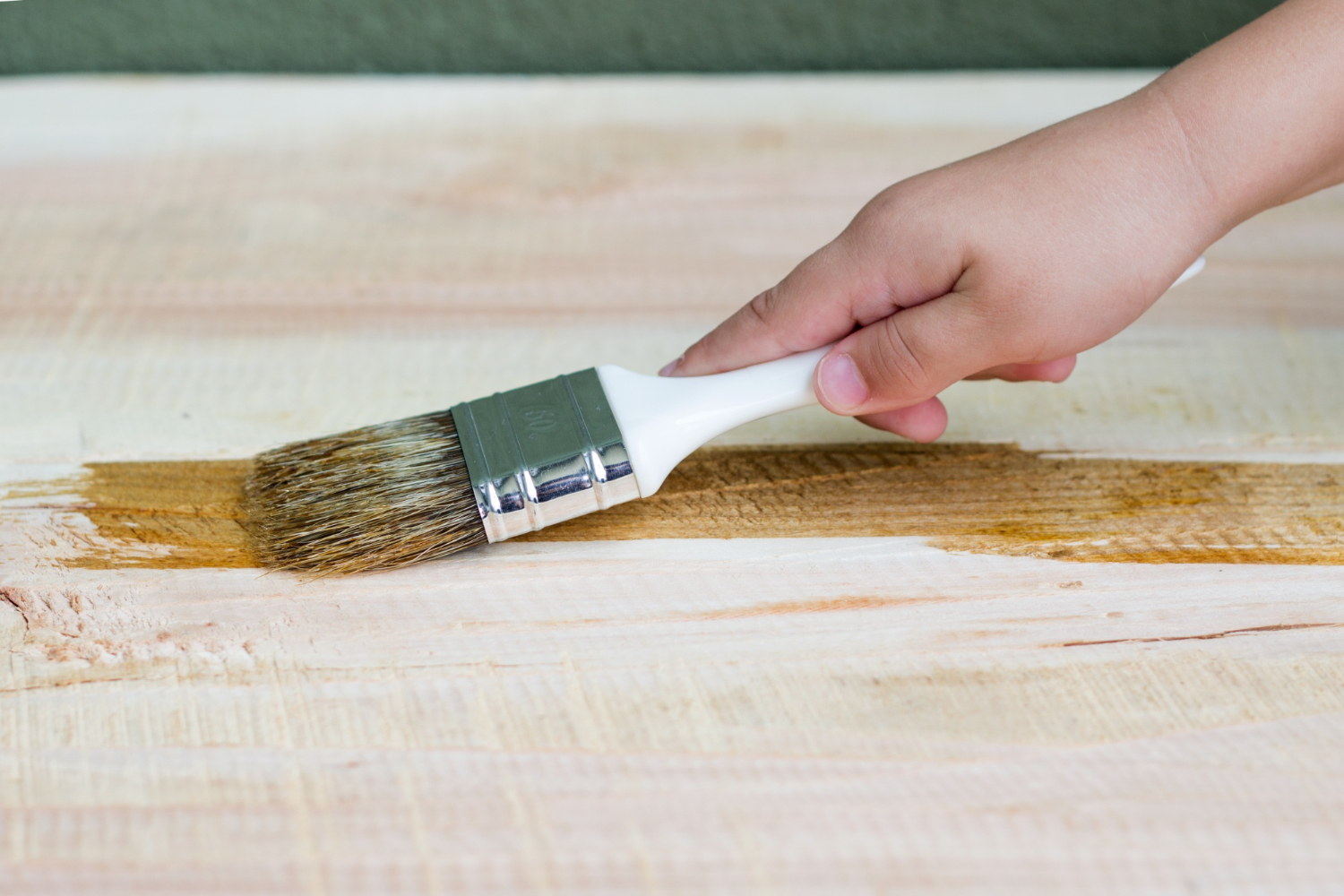Renovation of parquet without sanding is an alternative approach for those who are looking for effective solutions in terms of cost and time optimization, while ensuring high quality of work. The process is technically complex and involves a number of steps. In this article, we present ways to renovate parquet without the need for sanding…
Parquet is one of the most durable finishing materials used on floors. Its durability can range from 20 to 40 years, and proper care can significantly extend the life of the floor. Nevertheless, over time parquet can be damaged and scratched, requiring renovation. A complete refurbishment of the parquet floor may be impractical, especially since it can last for many years. For this reason, it is worth considering parquet renovation, which can be carried out at various levels of complexity. Renovation of parquet without sanding is a multi-stage and technically complex process. Depending on the degree of wear on the floor, parquet repair may require the help of a specialist, although in some cases you can do the renovation yourself. The level of complexity of parquet renovation can be divided into three categories: light, medium and complex.
Degrees of difficulty and scope of work
Light refurbishment includes restoring the paint coating and gloss. In this case, no professional intervention is necessary, just use appropriate care products. The average level of parquet renovation includes complete wiping off the varnish and scraping (sanding) of the parquet to renew the surface. In this case, the help of a professional is recommended, as it may be difficult for an inexperienced person to sand the floor evenly.
Renovation at a complex level consists in the partial or complete removal of parquet. The removed parts can be reused after renovation or replaced with new floorboards.

In the case of parquet renovation on a light level, you can try to carry out repairs yourself, while on a medium and complex level, it is recommended to use the services of professionals. The decision to repair the parquet yourself should be made after taking into account your own skills and the possibility of incurring additional repair costs in the event of failure.
Where to start?
Before renovating your parquet, you should carefully assess the condition of the floor and determine which of the three degrees of damage described earlier is appropriate for your situation. In the case of creaking boards, it is worth using wooden pegs with carpenter’s glue, and loose boards should be strengthened with nails. The surface should be dusted, and the places near the nails should be filled.

To carry out the renovation, it will be necessary to prepare the appropriate tools and materials, such as a parquet sander, putty knife or sandpaper. We start the work by removing the most noticeable defects using a belt or drum sander, using sandpaper with the appropriate gradation. Grinding should take place along the walls of the room, without overloading the machine while maintaining the correct speed.
Then, after removing the damaged layer of wood, the parquet is treated with fillers in the appropriate color, applied with a wide notched trowel. The final step is to gently sand and polish the floor. After curing the putty, we use a fine abrasive to remove minor defects. Finally, we vacuum the floor and apply a protective coat of varnish, oil or mastic.
In the case of minor damage to the parquet, you can try to repair it yourself. If the parquet has lost its gloss, you can sand the surface and apply varnish. Varnish should be applied in several layers and remember that the final drying will take about 7 days. Dark streaks and scratches can be removed with a wax pencil matched to the shade of the parquet. In the case of gaps, it is recommended to clean the gap with a hard wire and then apply a filler.

If the gap is large (more than 5 mm), deepen it, trim the edges with a chisel, clean it and drive in a wooden insert smeared with glue. Then the surface should be sanded and varnished. In the event of major damage to the parquet, it is recommended to use the services of professionals to ensure that the renovation is carried out correctly and to avoid additional repair costs.
What to look for?
In conclusion, parquet renovation is a process that can restore the shine and functionality of the floor, but it is important to remember about the correct approach to the work. In the case of minor damage, you can try to repair it yourself, but it is always worth remembering that unskilled intervention can do more harm than good. In the case of more serious damage, it is strongly recommended to use the services of professionals who have the right tools, experience and knowledge of parquet restoration.
The key elements to pay attention to during renovation are a thorough assessment of the condition of the floor, proper sanding and polishing, as well as proper protection and care of the floor after the work is completed. When choosing specialists to carry out parquet renovation, it is worth making sure that they are experienced and have a good reputation. Thanks to this, we will be sure that our floor will serve for many years, maintaining its aesthetic appearance and durability.
A wooden floor is not only aesthetics, but also durability that can last for decades, if properly protected. Homeowners may wonder what coating to choose for their old wooden floor to ensure its long life and beautiful appearance. Various options are available on the market, such as parquet varnishes or floor oiling.

Parquet lacquers are available in many variants: transparent or colored, glossy or matte, solvent-based or water dispersion. Varnishing parquet has several advantages, such as the minimum need for special care, a lifespan of five to seven years and the ability to give any shade. The disadvantage, however, is the need to re-treat the entire floor if the paint coating wears off in some places.
An alternative to varnish is oiling the floor. It is a method based on plant or mineral ingredients that permeate deep into the wood, without creating a surface layer, thanks to which the wood can breathe. The main advantages of this solution are environmental friendliness, resistance to mechanical stress and the possibility of renovating individual parts of the wooden floor. The disadvantage of oiling is the need for delicate care, including regular application of a special paste.
Summary
Choosing the right hardwood flooring depends on the individual needs and expectations of the owner. Aesthetics, durability, cost and care requirements should be considered when making your decision. Parquet varnishes offer durability and low maintenance requirements, but require re-treatment of the entire floor in case of damage. Oiling the floor gives a natural look and the possibility of renovating specific fragments, but requires a greater contribution to care. The final choice depends on individual preferences and expectations regarding the aesthetics and functionality of the wooden floor.



